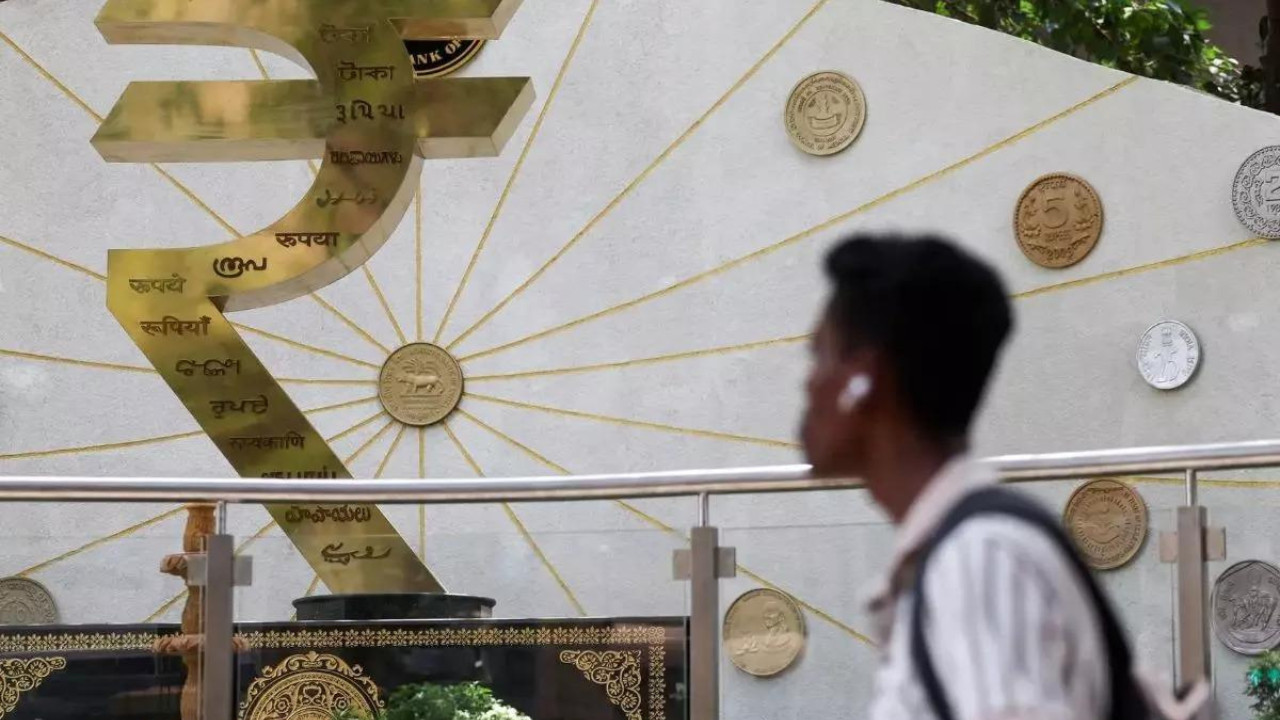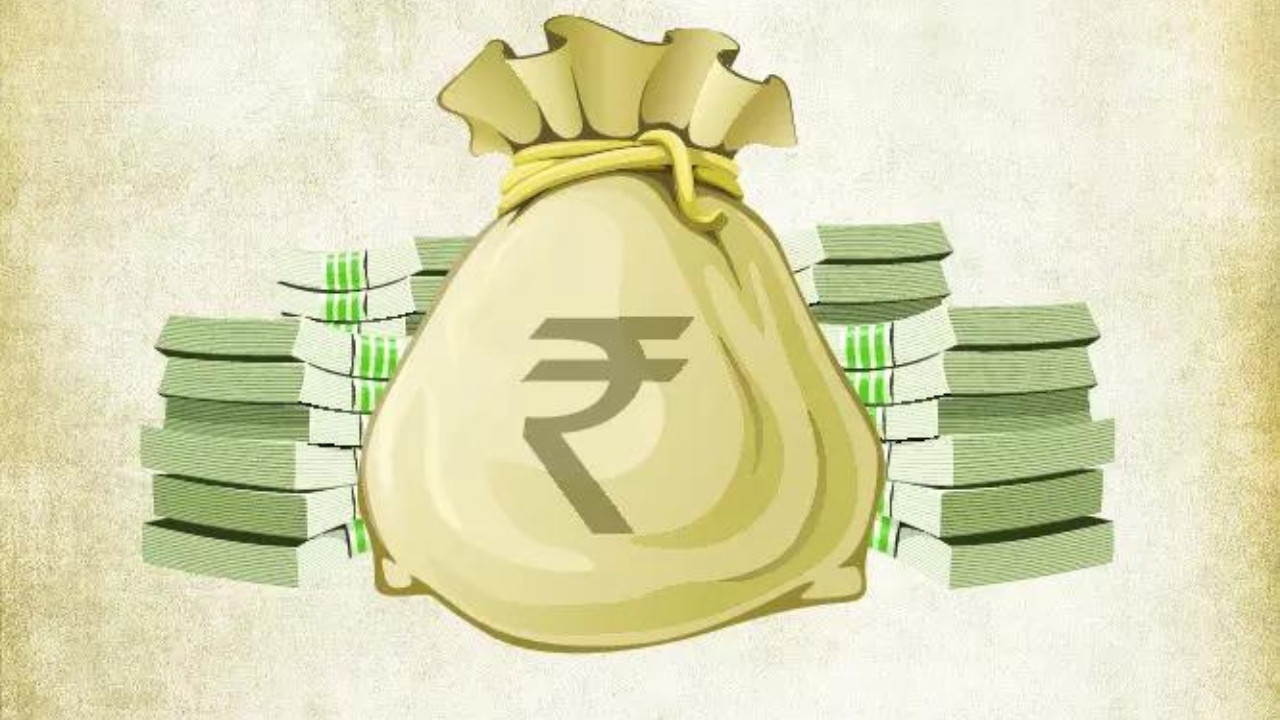The Indian rupee weakened to 86.34 against the US dollar due to rising crude oil prices and geopolitical tensions in the Middle East. A stronger dollar and subdued domestic equities further pressured the rupee. Despite bearish cues, foreign institutional investors were net buyers, purchasing equities worth Rs 1,482.77 crore.
The Rupee’s Wobble: Oil, Turmoil, and Your Wallet’s Potential Headache
Okay, folks, let’s talk money – specifically, your money. You know how sometimes you feel like your paycheck just doesn’t stretch as far as it used to? Well, a big part of that can boil down to factors playing out far beyond your local grocery store. And right now, one of those factors is giving the Indian Rupee a bit of a tumble.
Yesterday, the Rupee took a dip, shedding about 30 paise to land at 86.34 against the US dollar. Now, I know those numbers might seem abstract, but let me break it down: this isn’t just some boring financial statistic. It’s a signal, a ripple effect that can eventually touch your everyday life.
So, what’s behind this little wobble? The story, as always, is a bit complex, but it boils down to a few key players.
First up, we have oil. You know, that black gold that makes the world go ’round (and fuels your car). Global oil prices have been on a bit of a rollercoaster lately, and recently, they’ve been trending upwards. Why does this matter to the Rupee? Well, India relies heavily on imported oil. When oil prices rise, India needs to spend more dollars to buy the same amount of crude. This increased demand for dollars puts pressure on the Rupee, nudging it downwards. Think of it like a tug-of-war: more people pulling for dollars, fewer pulling for Rupees.
Then there’s the whole geopolitical crisis thing. Let’s be honest, the world feels a little shaky right now, doesn’t it? Ongoing conflicts and uncertainties create a general sense of unease in the market. Investors, naturally risk-averse, tend to flock to safer havens during times of turmoil. And guess what’s considered a safe haven? You guessed it: the US dollar. This “flight to safety” strengthens the dollar and, consequently, weakens currencies like the Rupee. It’s like everyone running to the same side of a boat, tilting the whole thing.
Finally, we can’t ignore the performance of the Indian stock market. Yesterday saw some weakness in equities, which often acts as a barometer for investor confidence. A sluggish stock market can make investors a little hesitant to hold onto Rupees, further contributing to its depreciation. It’s a subtle but noticeable effect, like a slight headwind slowing you down on a bike ride.
Now, what does this all mean for you and me?
Well, a weaker Rupee can translate to a few different things. Firstly, imported goods might become more expensive. Think electronics, certain food items, and, you guessed it, oil! This could lead to higher prices at the pump and potentially inflationary pressures in general. That shopping list you made might suddenly look a little more expensive.
Secondly, it could impact foreign travel and education. If you’re planning a trip abroad or have family members studying overseas, the weaker Rupee means your money won’t stretch as far. Exchanging Rupees for dollars (or any foreign currency) will require a bigger chunk of your savings.
However, it’s not all doom and gloom. A weaker Rupee can also be beneficial for certain sectors. For instance, Indian exporters might find their goods more competitive on the global market. Suddenly, those Indian-made textiles or software services look a lot more attractive to international buyers. This boost in exports can, in turn, help strengthen the Indian economy in the long run.
So, what’s the takeaway here? The Rupee’s recent slip is a symptom of broader global trends, influenced by oil prices, geopolitical uncertainties, and even the performance of the Indian stock market. It’s a reminder that the global economy is interconnected, and events happening thousands of miles away can have a tangible impact on our daily lives.
Whether this dip is just a temporary blip or the start of a longer-term trend remains to be seen, and frankly, anyone who claims to know for sure is probably selling something. The market is a fickle beast, and predicting its movements is a fool’s errand.
But staying informed is never a bad idea. Keep an eye on those oil prices, pay attention to global events, and maybe, just maybe, consider factoring in a little extra buffer when planning that overseas trip. After all, a little bit of financial awareness can go a long way in navigating the ever-changing economic landscape. And who knows, maybe that weaker Rupee will help boost some Indian businesses along the way. It’s a complex picture, but staying informed is the first step to understanding it.







